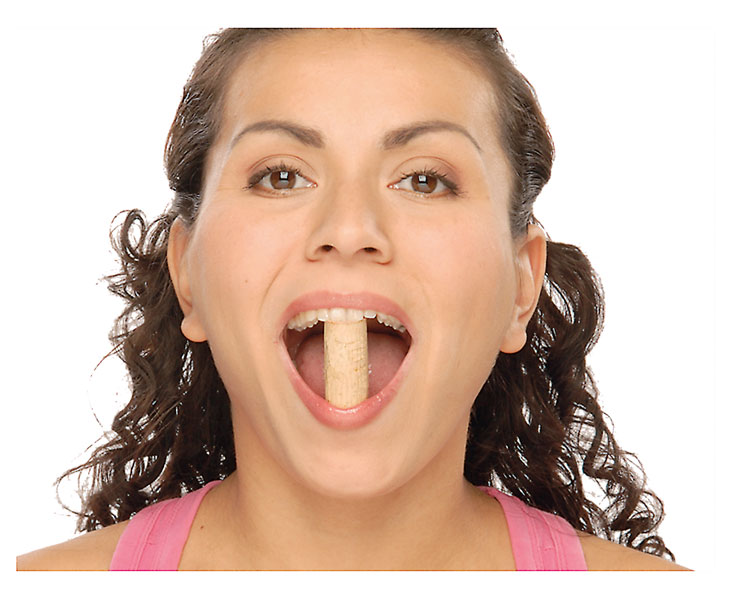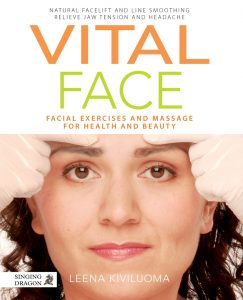Andrew McGonigle has been studying anatomy for over twenty years, originally training to become a doctor and then moving away from Western medicine to become a yoga teacher, massage therapist and anatomy teacher. He combines all of his skills and experience to teach anatomy and physiology on Yoga Teacher Training courses internationally and runs his own online Anatomy and Physiology Applied to Yoga courses. His new book, Supporting Yoga Students with Common Injuries and Conditions, is out now. In this article, using our hip joints as an example, Andrew explains why yoga practice and what feels comfortable varies for each of us.
Have you ever wondered why certain yoga postures can feel so easeful in your body while others can feel like such a challenge?
Or why one person can sit cross-legged for hours having never practiced yoga and you still need to sit on four cushions after practicing yoga for years?
The short answer to this is that every body is entirely unique and will express a certain yoga pose in a completely unique way. There are also emotional, psychological and nervous system components that affect how much movement our joints make and the quality of that movement.
Let’s explore some of these factors using our hip joints as an example. Continue reading


